I had been keeping an eye out for Canon’s firmware update to the 5D Mark III and it finally appeared on April 30. One of the features of the update allows auto focus with the center focus point when a lens and extender with a maximum aperture of f8 is attached. Prior to this update the lens combo had to be f5.6 or faster in order to enable auto focus on the camera. I was personally interested because the combination of my Canon 400mm f5.6 lens and the Canon 1.4x extender met the maximum aperture f8 criteria, allowing me to auto focus instead of having to manually focus with this set up.
I went out to the Ridgefield NWR on May 1 to try out the lens combo with the new firmware update installed on my 5DM3. There was not a cloud in the sky, which presents its own set of exposure problems as you probably know. On the other hand, it provided me abundant light to make up for my slow f8 lens combination. So I’m not really complaining. These were good conditions to test out the combo.
I began today’s shoot at about 7 a.m., just as the sun was coming up over the ridge. There was great wildlife activity from the normal species I expected to see and I shot about 850 frames. When I got back home to review my shots, I’d have a good representative sample by which to judge this lens/extender combination with my camera’s new capability. Most of today’s images were shot at an ISO range of 1000 to 1600. But first…I want to report on what I think of this combo and its performance with the 5DM3. Pictures follow.
What I think about the 400mm + 1.4x using center point AF:
Update 5/16/2013: Okay, I’m officially embarrassed for not checking my 1.4x before I wrote my ‘review’ of the Canon 1.4x extender/400mm combo. The 1.4x that I talk about in this post is actually the II model–not the original. I actually decided to sell it on Ebay and when I got it out to take a few photos of the 1.4x for Ebay, it clearly stated on the lens that it was a II. So, I apologize for the unintentional misinformation in this post about the model of extender. Anytime I mention the Canon 1.4x in this post, I am referring to the 1.4x II as the model I attached to my 400mm f5.6L. This combo was used to take the photos in this post. In the future, I’ll do better! Oh–and I did buy the 1.4x III which I will report on after my next blog post, so please stay tuned for that.
________________
When I reviewed my 850 shots in Lightroom I felt like I was having a heck of a time finding images near tack sharp. When I got done deleting the rejects, I had 89 photos left that I might consider posting. But that’s 10% — not really that bad. Some of the photos below are borderline for sharpness–some are pretty sharp. I think that with the lens combo, the out of focus (OOF) shots for the most part were WAY out of focus. When I use the 400mm prime by itself, there are about the same percentage of shots in focus but most of the OOF’s are just barely out of focus.
I can’t really chalk this OOF issue up entirely to equipment either. Part of the problem could easily be me and the fact that I am not used to shooting with this set up. Changes in camera bodies or lenses can take time to settle into. I do know that the combo has the capability of sharp focus–some of the photos below are pretty sharp. But clearly, there are some that are soft.
Another major issue is AF speed. Adding the 1.4x reduces my fast focusing 400mm prime to that of a $250 telephoto lens as far as focus speed is concerned. So that takes birds in flight and any quick moving birds off the table for probable sharpness. If I have a subject bird that is content to sit and pose for a while, I would be likely to put on the 1.4x and take some shots at 560mm (in addition to shots with the 400mm bare).
And a final issue is the max aperture of f8. This requires a LOT of light. So the planets and stars have to line up pretty well to offer a decent environment to use this combination of lenses.
One other thing….my 1.4x is the original version–it’s not a II or a III version. I would be interested to know if the later versions of converters perform better with the 400mm f5.6 or if they are even compatible. If anyone has tried these later versions, please drop me a line and let me know how they did!
I’ll start off today’s photos with a Red-wing Blackbird making some springtime noise. This bird has deployed his nictitating membrane over his eye. (7:08 a.m.)
[Please click once on the thumbnails to see a more detailed view of the shots. Thanks!]
High at the top of a tree was what I think is a juvenile Western Scrub Jay. (7:11)
A partially hidden Great Horned Owl (7:23)
It’s been a while since I’ve photographed a Brown Creeper with any success. And that is still the case! This one did not cooperate in its search for bugs on this tree. But I love the coloring on the back of this bird. (7:32)
Canada Geese pairs are all over the place usually followed by a troupe of cute little goslings. At one point last week while I was driving the gravel road through the refuge, no less than four pair of adult geese with their respective goslings were standing on the road in front of my truck. Here’s a gosling out on the water. (7:41)
Yellow-rumped Warblers were abundant today. Here’s a Myrtle variety. (8:17)
Same bird. (8:17)
Here is one of the very soft shots but I had to show this lady catching a small fish. She was close to a hundred feet away and in bad light. I got to watch her dive to get this fish! (8:44)
A majestic Wood Duck enveloped by green grass. (8:53)
Here’s a Common Yellowthroat in a weird pose. I really like these birds! (9:04)
The same bird in a different spot. (9:04)
Another Yellowthroat near the three tree area of the refuge. I took a few frames of this bird’s wife but they weren’t sharp enough to post. I find the females more secretive, quieter, and harder to spot than the males. (9:21)
This handsome Ring-necked Duck gave me a four-minute preening show and didn’t miss a spot! Here are five shots from the series plus a 40-second video. (10:05)
Here’s a video of part of the preening session. For the best view, change the quality to 1080p (HD) and view full screen.
Savannah Sparrows are everywhere at the refuge. It’s nice to spot one that is not perched on a sign or post. (10:26)
A female Ring-necked Duck–what a beauty! (11:02)
Another ‘butter-butt’—nickname for Yellow-rumped Warbler. (11:04)
And, yet another! (11:18)
Finishing off with the king of color — Wood Duck. (12:06 p.m.)
Thanks for stopping by and I hope you liked something here today! See you next time!
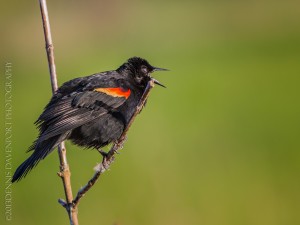

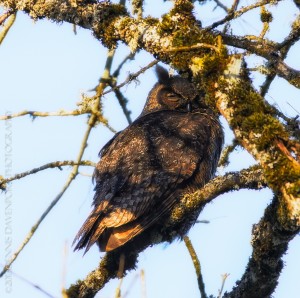

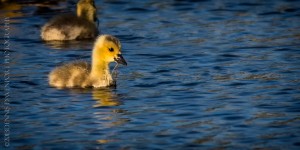
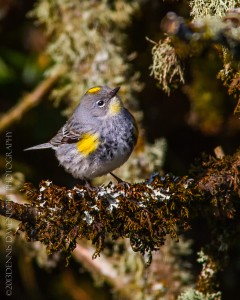
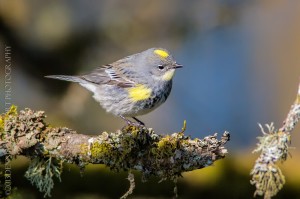
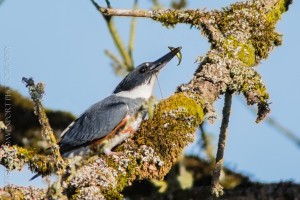
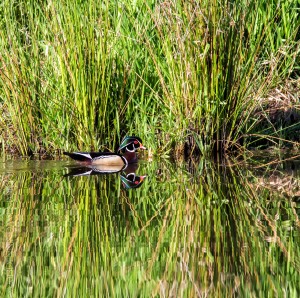

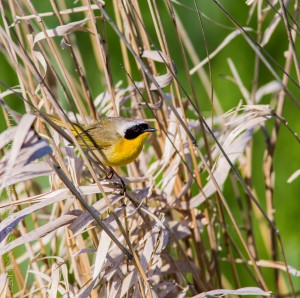
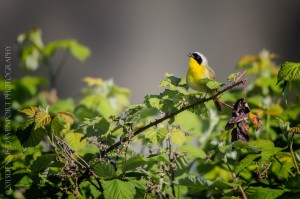
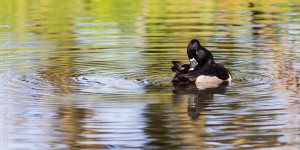


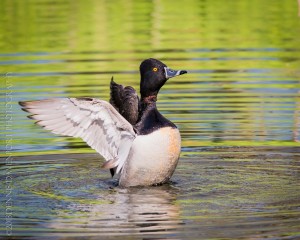

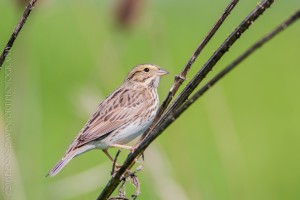

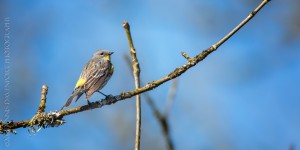

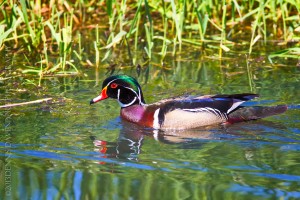
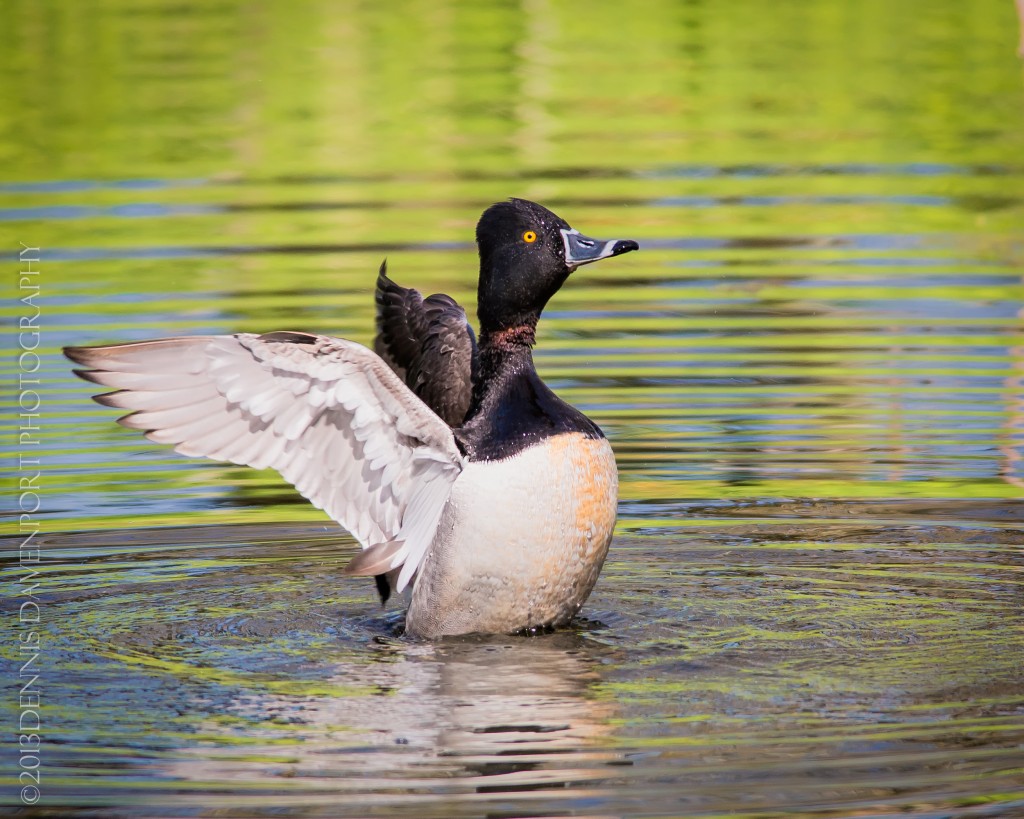
Nice report Dennis. my friends with a 5D3 will be interested in it.
When I add a 1.4 to my Nikon 300 f/4 or 200-400 f/4 I need to constantly remind myself that technique becomes critically important if I want sharp shots. I,ve proven the combination can produce shap shots when tripod mounted, cable release, and live view are used. The optics can do it. It is me and poor technique handheld or on a beanbag that spoils my shots.
Bruce, thanks for the confirmation that technique with the combo set up can be a little tricky compared to shooting with a stand alone lens. A little “seat” time with the ‘new’ set up is hopefully all I need to improve my in focus percentage. Good to hear from you and thanks for the comment!